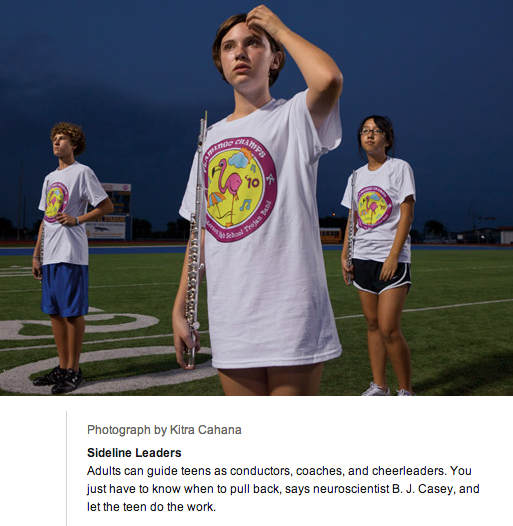An important video for young people to watch: These kids talk about how they learn.
at Minute 2:23 there is a chart. Each Learner Quality is connected to sample sentences for the students to memorize.
Here's another video...
3:18
 What do you do when you get stuck?
What do you do when you get stuck?
I use my prior knowledge
I use my learner quality of "being determined."
The Pit
We learn by falling into a Pit and then we build a way out of the Pit.

Minute 4:15
What do you do when you get stuck?
 "I ask a buddy and I use the secrets that my teacher gave us."
"I ask a buddy and I use the secrets that my teacher gave us."

Minute 4:36
Student: I thought learning was doing what the teacher says. That's surface learning.
Now I see that there is deeper learning.
Knowing how we learn.
 I learn when I use the "learner qualities."
I learn when I use the "learner qualities."
This is the "mission statement" at Stonefields School:
Developing each learner holistically is critical in creating curious individuals who think and relate well to others. There are four overarching vision principles that Stonefields School believes are important for each individual will acquire during their 8 years.
LINK
at Minute 2:23 there is a chart. Each Learner Quality is connected to sample sentences for the students to memorize.
Here's another video...
3:18
 What do you do when you get stuck?
What do you do when you get stuck?I use my prior knowledge
I use my learner quality of "being determined."
The Pit
We learn by falling into a Pit and then we build a way out of the Pit.

Minute 4:15
What do you do when you get stuck?
 "I ask a buddy and I use the secrets that my teacher gave us."
"I ask a buddy and I use the secrets that my teacher gave us."
Minute 4:36
Student: I thought learning was doing what the teacher says. That's surface learning.
Now I see that there is deeper learning.
Knowing how we learn.
 I learn when I use the "learner qualities."
I learn when I use the "learner qualities."This is the "mission statement" at Stonefields School:
Developing each learner holistically is critical in creating curious individuals who think and relate well to others. There are four overarching vision principles that Stonefields School believes are important for each individual will acquire during their 8 years.
LINK










